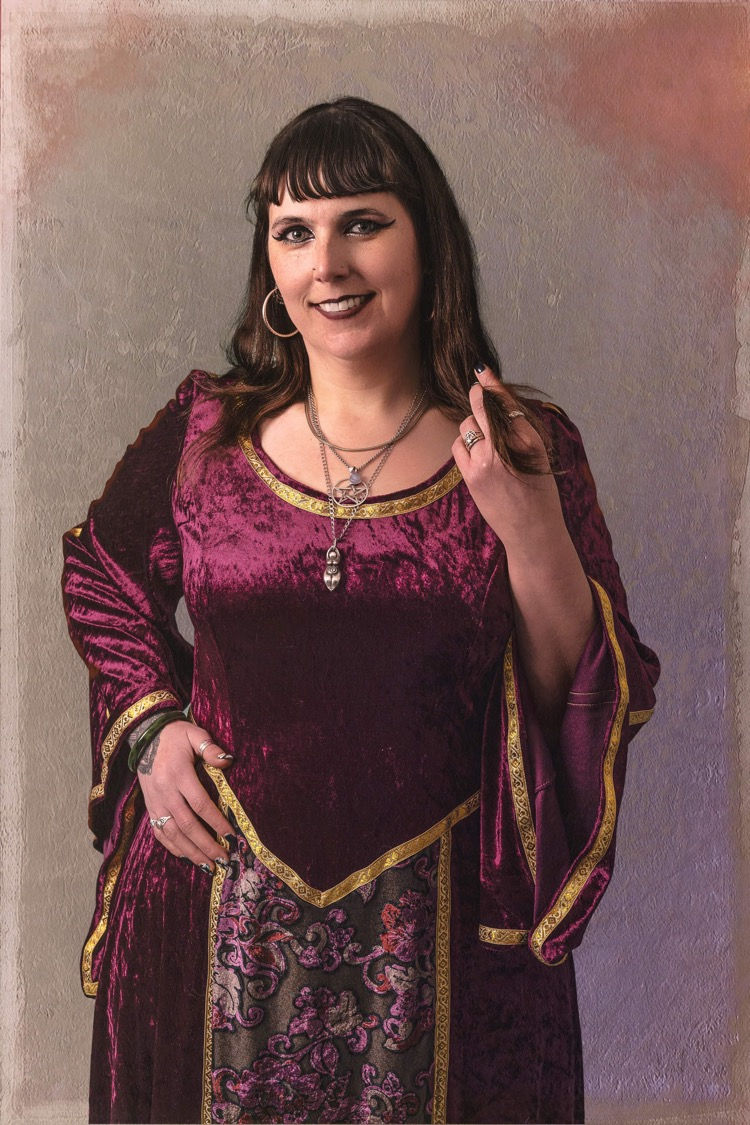Tattoos, A History With A Pagan Origin?
- pagansofthenorth
- Feb 9, 2024
- 4 min read
Since the Neolithic period, humans worldwide have been tattooing their skin. Archaeological finds suggest tattooing may have been utilised before then, from as early as the late Paleolithic period in Europe. The tattoo equipment that has been found shows that inks were made from combinations of natural elements and carbon, likely ash or soot. Before the invention of electricity, tattoo technique remained largely unchanged, though it was refined with the use of sharper implements and cleaner inks.
One of the oldest known physical examples of tattoos belong to a man mummified in the ice of The Alps. Ötzi, as he was named by scientists, lived around 3250 BCE (The Bronze Age). He had 61 tattoos, mostly lines, some of which seem to have been tattooed over repeatedly, leading scientists to suggest that the tattooing formed a type of acupressure treatment for his many body ailments.
Seven female Egyptian mummies from Deir el-Madina, that lived around the same time as Ötzi, also have tattoos. Infrared imaging was used to discover the hieroglyphic style markings on the women that were believed to be artisans and craftspeople.
The most famous example of ancient tattooing belongs to the Siberian Ice Maiden, also known as the Ukok Princess. She lived around 2500 years ago, and had many tattoos featuring animals. The most famous being a stylised kicking deer.
Some anthropologists insist that these tattoos are purely decorative or commemorative, many more believe that these tattoos were done to either protect or empower the owner with the spirit of the animal, or, as in the case of patterns and plants, a form of healing. This is a theory that carries on throughout subsequent archaeological finds. It also appears in the research modern anthropologists have done with Indigenous tribes people around the world.

Some of the first written descriptions of tattoos appear in the Roman accounts of meeting the Picts in Scotland. The word 'Pictii' means 'painted ones' in Latin. According to the accounts, the Picts were covered with pictures of animals, figures and patterns. It is unknown, however, if these were permanent tattoos or if they were painting their skin with a dark blue plant based dye called woad.
In 921 CE, Ahmed Iban Fadlan, an Arabic scholar and traveller, wrote about meeting Vikings along the Volga River in Russia. Along with descriptions of their clothing and customs, he spoke about their body types and said their skin was covered in dark pictures that looked like, amongst other things, trees. This is likely a description of tattoos, or woad style dyes.
Greco-Roman cultures saw tattoos as marks of punishment and shame, a viewpoint that persisted throughout Europe's conversion to Christianity. Tattoos were linked to Godlessness, Pagans and Heathens. It was seen as a custom belonging to undesirables and the ways of the past. This was perpetuated throughout history in stories of pirates, highwaymen, prisoners and criminals. The stories brought back from the New World by explorers and missionaries often include descriptions of tattooed Indigenous people. The tattoos becoming a shorthand description for so-called savages.
However, luckily, it didn't stay that way. Those that took part in The Crusades were often secretly tattooed with a religious symbol as a right of pilgrimage to The Holy Land. There are rumours that this also extended to Royalty up to the early 1900s.
Travelling sideshows became extremely popular in America and Europe during the 1800s. One common character was the tattooed lady. Photographs of these infamous women travelled far and wide, and helped to bring the practise of tattooing out of the shadows and into the mainstream. It was said that aristocratic people, especially women, often had a small tattoo that was created as a secret gift or message for their lover.
Tattoos became a custom of the Armed forces, especially the Navy. King George V reportedly got two tattoos while serving in the Navy in 1881. King Edward VII had multiple tattoos. One infamous tattooist of the era stated that he had tattooed the subjects of six sovereigns, including the Duke of Saxe-Coburg-Gotha and a grandson of Queen Victoria. He said that he worked late into the night for weeks after the death of Queen Victoria, tattooing memorial designs.
By the 1940s tattoos were firmly breaking into the mainstream. No longer a secret, the change in trend was likely helped by the scores of servicemen wanting to tattoo their allegiance to their battalion or their country. This trend continues to grow throughout the 20th Century, with music movements such as Punk and Rock mostly leading the charge.
By the beginning of this century, tattoos had come full circle. People get them either just because they like them, or with a purpose. That purpose often being remembrance or somewhat magical in meaning.
Tattoos are undoubtedly an incredibly old, persistent, tradition. While the techniques and accessibility have changed, the basic reasoning hasn't. Tattoos for some are seen as a right of passage, with arguments that the pain is a part of it all. For some, showing your allegiances on your skin is an important part of their tribal identity, even if that tribe is a football club or a certain band. The roots of all of these reasons stand firmly within Paganism, within Animism, within Pre-Christian, ancient societies, and I am very happy to see it continuing.
By Louisa Chisholm-Kelly




As a Pagan Chaplain, I really appreciate the work you have put into this article, and will help me with teaching about what Tattoos did and do mean. Now to find what some mean :-)
I found that the Smithonian article (https://www.smithsonianmag.com/history/tattoos-worldwide-history-144038580/) Corroborates your work too.